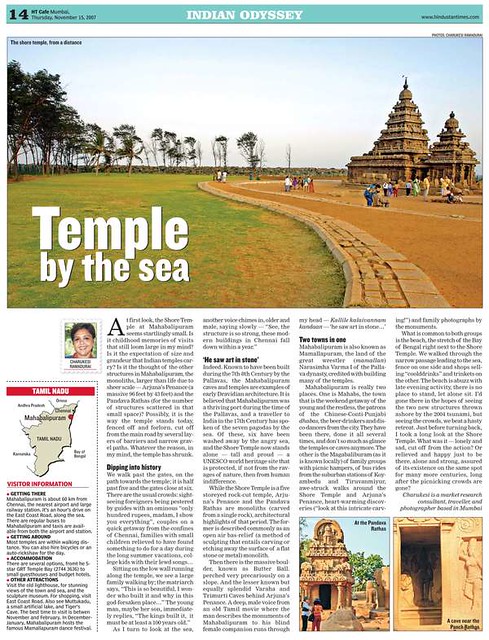
[Published in HT Cafe, Nov 15, 2007]
At first look, the shore temple at Mahabalipuram seems startlingly small. Is it childhood memories of visits that still loom large in my mind? Is it the expectation of size and grandeur that Indian temples anyway carry? Is it the thought of the other structures in Mahabalipuram, the monoliths, larger than life due to sheer scale – Arjuna’s penance (at a massive 96 feet by 43 feet size) and the pandava rathas (for just the number of structures scattered within that small space)?
Possibly, it is the way the temple stands today, fenced off and forlorn, cut off from the main road and picknicing crowds by several layers of gates and barriers and narrow winding gravel paths. Whatever the reason, in my mind, the temple has shrunk.
I walked past the gates, on the path towards the temple; it is half past five and the gates close at six. There are the usual crowds, sight-seeing foreigners being pestered by guides with an ominous, “Only hundred rupees, madam, I show you everything”, couples out for a quick getaway from the confines of Chennai, families with small children sighing with relief at having found something to do for a day during the summer vacations when schools are shut, the college kids with their lewd glances and songs. Sitting on the low wall running along the temple, we see a large family walking by; the matriarch says, “this is so beautiful, I wonder who built it and why in this god-forsaken place.” The young man, son? immediately replies, “the kings built it in those days, it must be atleast a hundred years old.” As I turn away to look at the sea, I hear another voice, male, older say slowly, “see, the structure is so strong, these modern buildings in chennai fall down within a year”.
Indeed. Built during the 7th-8th century by the Pallavas, the Mahabalipuram caves and temples are examples of early Dravidian architecture. It is believed that Mahabalipuram was a thriving port during the time of the Pallavas, and a traveler to India in the 17th century has spoken of the seven pagodas by the sea. Of these, six have been washed away by the sea over centuries, and the shore temple stands alone now, tall and proud, declared a UNESCO world heritage site and therefore protected, if not from the ravages of nature, from human indifference.
If the shore temple is a five storeyed rock-cut temple, Arjuna’s penance and the pandava rathas are monoliths (carved out of a single stone or rock), architectural highlights of that period. The former is described commonly as an open air bas-relief (wiki: method of sculpting which entails carving or etching away the surface of a flat piece of stone or metal) monolith. Then there is the massive boulder perched very precariously on a slope, known as the butter ball. And the lesser known varaha caves and the trimurti caves behind Arjuna’s penance. The deep male voice runs softly through my head – Kallile kalaivannam kandaan from an old Tamil movie, where the man describes the monuments of Mahabalipuram to his blind female companion – he saw art in stone…
[At the Pancha Rathas]
[Arjuna’s penance]
Mahabalipuram is really two places – one is Mahabs, the quick hour long drive or motorbike ride away from Chennai on the superb East Coast Road, the weekend getaway of the young and the restless, the patrons of the Chinese-Conti-Punjabi dhabas and hundreds of other eateries along the stretch, the beer-drinkers and disco-dancers from the city. They have been there, done it all, several times and I doubt if they so much as glance at any of the temples or caves within Mahabs. And the other is good old Magabaliburam of the family groups with picnic lunch hampers and water bottles, of the city bus rides from Koyambedu and Tiruvanmiyur, of the awe-struck walks around the shore temple and Arjuna’s penance and family photographs by the monuments.
What is common to both groups is the beach, the stretch of the Bay of Bengal right next to the shore temple. I walked through the narrow passage leading to the sea, fence on one side and shops selling “coolddrinks” and plastic and stone trinkets – “Anything for Rs.60” – on the other. The beach is a buzz of late evening activity, there is no place to stand, never mind sit. I had gone there in the hopes of seeing the two new structures (small parts of it really) that have been thrown ashore by the 2004 tsunami, but seeing the crowds, beat a hasty retreat. Just before turning back, I took a look at the shore temple – what was it – lonely and sad, cut off from the action? Or just relieved and happy to be there, alone and strong, sure of its existence on the same spot for several centuries more, long long after the picnicking, littering, noisy crowds have passed into the beyond?
[Timeless]
TRAVEL INFORMATION
GETTING THERE
Mahabalipuram is roughly 60 km from Chennai, the nearest airport and large railway station. It is just over an hour’s drive on the excellent East Coast Road along the sea, leading all the way to Pondicherry. Buses ply regularly to Mahabalipuram from various parts of Chennai and taxis are available from both the airport and the railway station. Most temples within Mahabalipuram are located close to each other and can be covered by walk; it is also possible to hire bicycles or an auto-rickshaw for the day.
ACCOMMODATION
There are several good stay options in Mahabalipuram, from the 5-star GRT Temple Bay (+91-44-2744 3636) to smaller guesthouses and low budget hotels.
OTHER ATTRACTIONS
Inside Mahabalipuram, definitely visit : the Shore temple, Arjuna’s penance and the Pandava Rathas. Apart from the temples, Mahabalipuram has an old lighthouse which provides stunning views of the town and the sea beyond and a sculpture museum. There are several interesting stops on the East Coast Road, among them Cholamandalam Artists’ Village (close to Chennai), Dakshina Chitra (an initiative to preserve and showcase the arts and crafts of the four Southern states), Muttukadu (a small artificial lake with boating facilities) and Tiger’s Cave (5 km before Mahabalipuram on the way from Chennai, with a carved mandapa dedicated to the Goddess Durga and a tranquil beach).
BEST TIME TO VISIT
The best time to visit Mahabalipuram is in the cooler months from November to February. In December and January, Mahabalipuram hosts the Mamallapuram dance festival, which attracts classical dancers and folk artists from all over India.
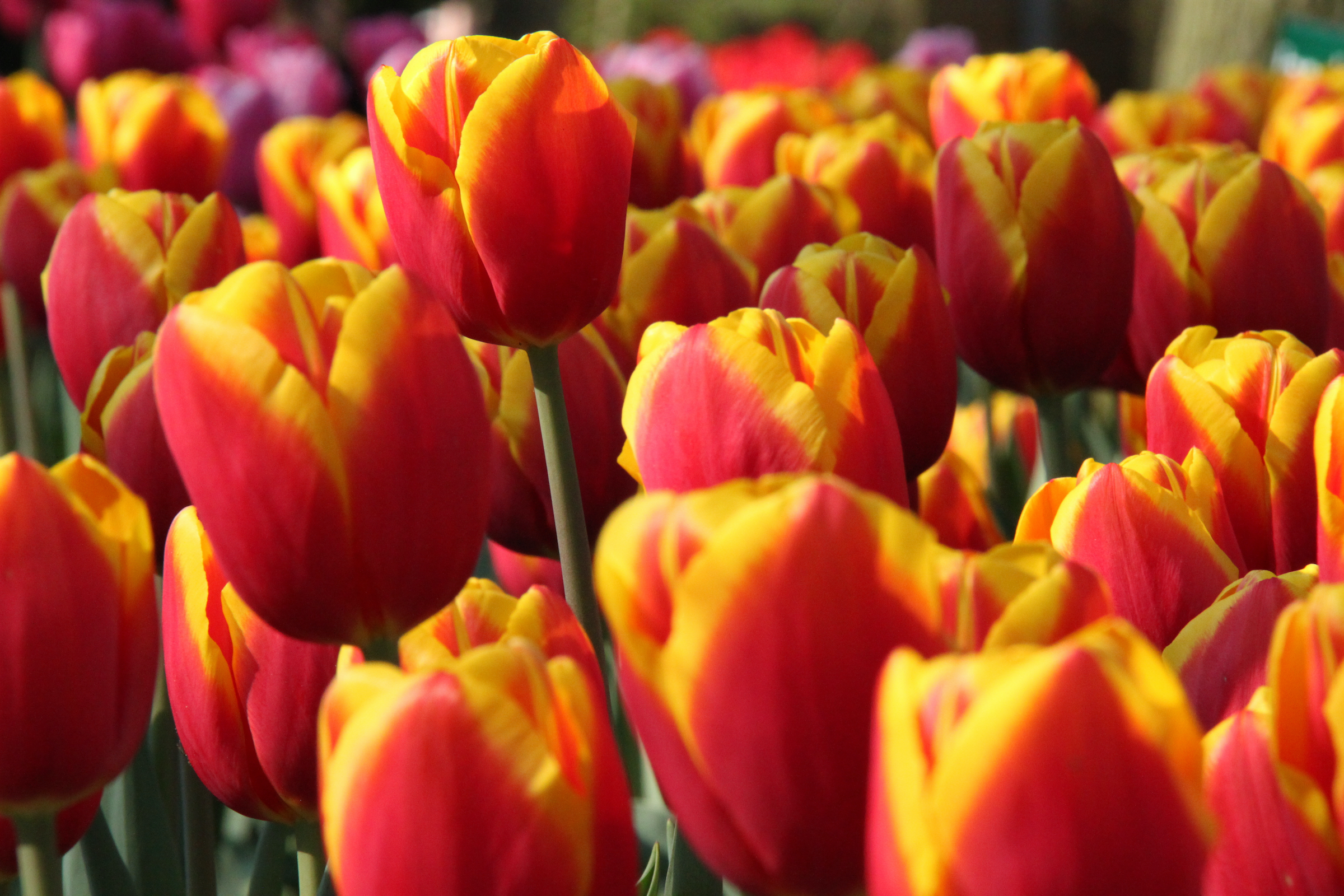
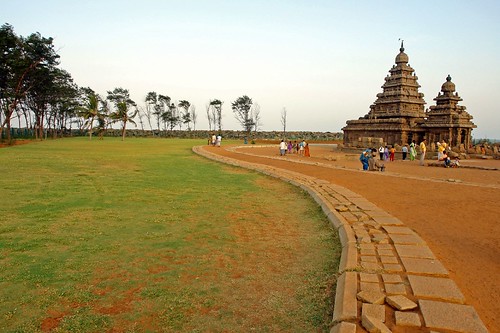
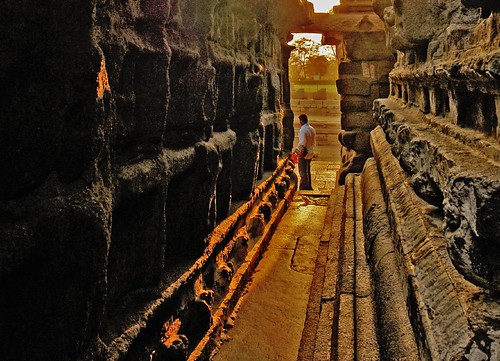
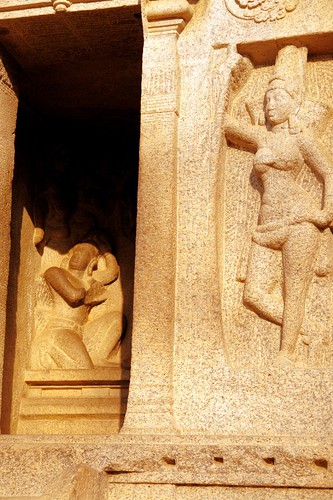

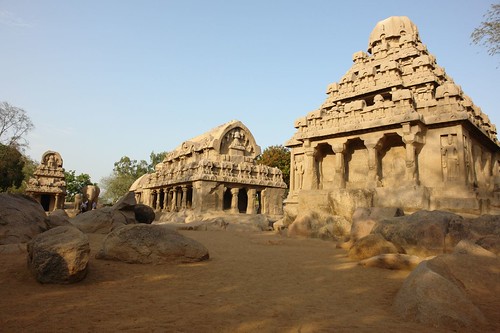


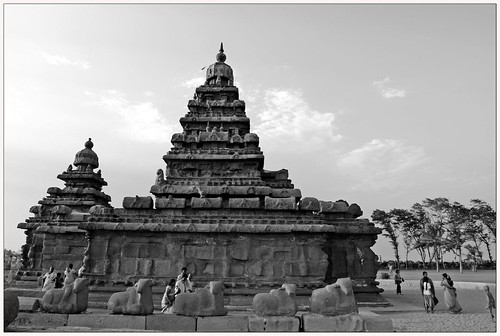
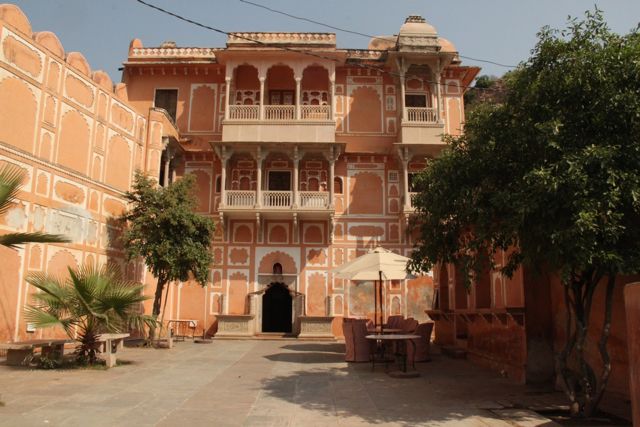


Nice images..
Do you have any shore temples photos at sunrise?
Very good photos and description.
First Photo: Nice use of the curving stone bench as foreground with the Temple and windswept trees as background. I just wish there were no people around 🙂
Second photo: good use of the slanting rays of the evening sun. Is the photo taken in tungsten mode by any chance.
The photo which takes the cake is the last B & W. a very good wide angle shot.
btw, thanks for linking me thru ur blog.
hey, lovely blog you have here, have enjoyed reading it.
Arun, thank you. nope, no images at sunrise – I was in mahabalipuram just for a few hours in the evening… some other time…
anoop, thanks! I enjoy your blog – esp loved the photographs of UK – Cambridge
Peter, thank you! go ahead, read through the archives 🙂
Neha, thank you! keep dropping by…
Beautiful.. that was the word in my mind when I saw the Mahabalipuram photos and the write up.
I saw it 4o years ago., and once again recently. I too felt that the surrounding landscaping has dwarfed the temple. I was disappointed when it did not touch me as it did the first time.
Sivakami and the King come to mind ( kalki;s Sivakamiyin Sapatham)..
thanks
beautiful pics
Wonderful pics! Im visiting Mahabalipuram this weekend. Gave me a good idea of what to expect! Thanks.
Great Pics ! and well written blog, have enjoyed while reading it 🙂 thank you for sharing with us :-).
I read about Mahabalipuram on site:http://www.ijaunt.com/tamil-nadu/mahabalipuram
If you wanted to know more about Mahabalipuram, please visit above mentioned link.